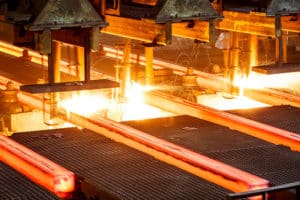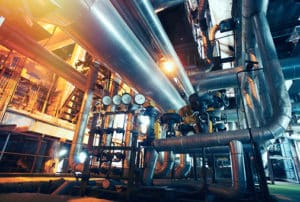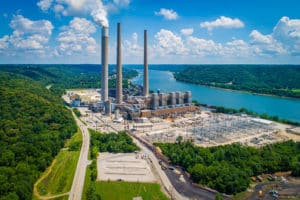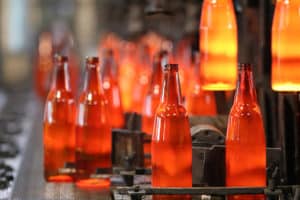Refractory abrasion anchors are used in various industries that involve high-temperature applications, such as furnaces, kilns, boilers, and incinerators. These anchors help to secure refractory materials, such as bricks, to the walls or linings of the equipment. Careful design and meticulous manufacturing of abrasion anchors is important in providing quality anchors.
The primary industries that utilize refractory abrasion anchors are:

In steelmaking processes, refractory materials with high resistance to heat and chemical corrosion protects surrounding equipment. Refractory abrasion anchors hold the refractory lining in place and prevent it from falling off due to thermal expansion and contraction or mechanical stresses.

Refineries and petrochemical plants operate at high temperatures and come in contact with corrosive chemicals. Refractory abrasion anchors anchor the refractory linings in furnaces, reactors, and other equipment providing insulation and protection against these harsh conditions.

In cement production, rotary kilns heat raw materials to high temperatures. The refractory abrasion anchors secure the refractory linings inside the kiln, which protect the steel shell from the extreme heat and chemical reactions.

Power plants, including coal-fired boilers and waste-to-energy incinerators, require refractory linings to withstand high temperatures and corrosive environments. Refractory abrasion anchors help to hold the refractory materials in place, ensuring the efficiency and longevity of these facilities.

Glass furnaces operate at extremely high temperatures, and their refractory linings often degrade over time. Refractory abrasion anchors attach the refractory bricks to the furnace walls, preventing their collapse and maintaining the furnace’s thermal efficiency.
In terms of how these anchors are utilized, they are typically made from heat-resistant alloys and designed in various shapes, such as V, Y, or T-shaped designs. These anchors embed into the refractory materials during installation and serve as mechanical support to prevent their movement or dislodgment.
The anchor design is dependent on the specific application and the type of refractory material it anchors. Installation methods include welding or stud welding, providing a secure and durable attachment of the refractories. The selection of the appropriate anchor type and installation technique is crucial to ensure the overall integrity and performance of the lining system.